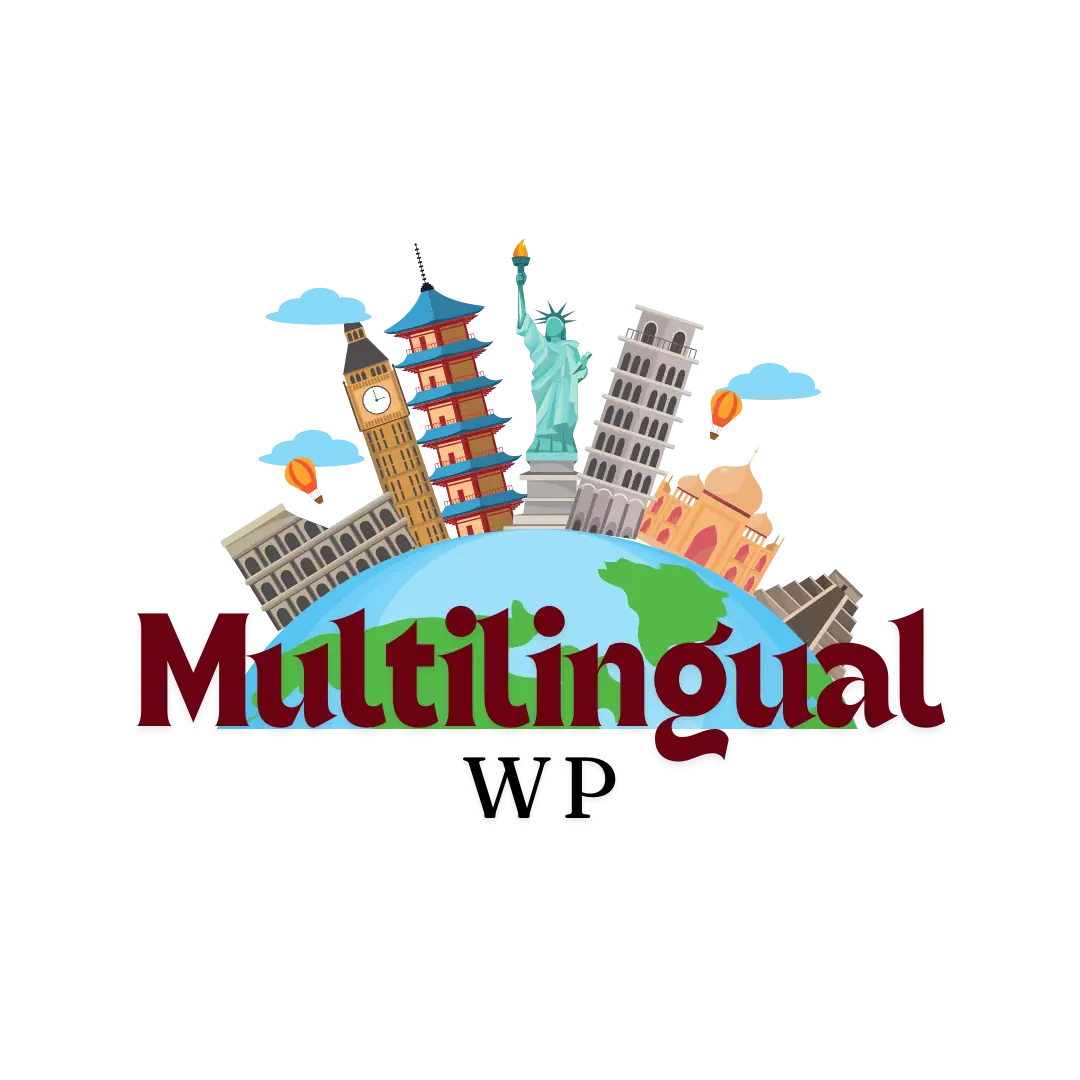A strong online presence is essential for freelancers who want to reach clients around the world. One powerful way to expand your reach is by creating a multilingual portfolio website that showcases your services and skills in multiple languages. With the right website builder, even those without coding skills can design a stunning site that offers a great user experience to international visitors. This guide outlines the best tools, platforms, and best practices for building multilingual websites tailored for freelancers.
Why Freelancers Should Build a Multilingual Portfolio
Freelancers today operate in a global marketplace, and many clients prefer to browse websites in their native language. Creating a multilingual site not only improves accessibility, but it also helps build credibility and increases conversions. Clients are more likely to trust and hire professionals who speak their preferred language or at least provide content in that language version.
A portfolio available in different language versions can enhance visibility through multilingual SEO, helping your work appear in search engine results in multiple regions. When done right, multilingual websites can significantly expand your reach and strengthen your online presence.
Choosing the Right Website Builder for Your Needs
Not all tools are created equal. To create a multilingual website, you need a website builder that supports multilingual capabilities either natively or through integrations.
Wix: Easy-to-Use and Feature-Rich
Wix is one of the most intuitive drag-and-drop platforms available. It offers multilingual support with a built-in language switcher, making it an excellent choice for freelancers who want to build a portfolio site quickly and efficiently. You can start with a free plan and upgrade as your business grows.
Wix also includes built-in SEO tools that help ensure your website multilingual content is optimized for different regions. The drag-and-drop editor allows for complete customization, letting you focus on both design and usability.
WordPress: The Power of Plugins
WordPress remains a go-to for freelancers seeking full control and scalability. With thousands of themes and plugins, it’s ideal for creating multilingual websites. Tools like WPML, Polylang, or Weglot enable language translation and language switcher features without the need for complex javascript or coding.
A WordPress website is best suited for those who want to build a multilingual website with advanced customization options and SEO strategies. While the learning curve is steeper than Wix, the flexibility is unmatched.
Creating a Multilingual Portfolio Website from Scratch
Building your portfolio website begins with selecting the right template and organizing your content for global audiences.
Select a Template That Supports Multiple Languages
When browsing website templates, look for ones designed with multilingual content in mind. Whether using Wix or WordPress, your template should accommodate language switchers, contact forms in different languages, and consistent layout across all language versions.
Add Content in More Than One Language
Once you have the structure in place, begin uploading content in multiple languages. You can either hire translators or use language translation tools like Weglot, which integrates seamlessly with both WordPress and Wix. This step is crucial for connecting with clients who don’t speak your default language.
Ensure your portfolio items, landing page, about section, and services are all available in the preferred language of your target audience.
Integrate a Language Switcher
Every multilingual site needs an accessible language switcher. This tool lets visitors easily switch between languages and access the version of your site that fits their needs. Both Wix and WordPress plugins offer elegant solutions for this, helping improve both navigation and user experience.
Best Practices for Creating Multilingual Websites
To get the most out of your multilingual website, keep these best practices in mind:
Prioritize SEO for Multilingual Content
Don’t neglect multilingual SEO. Use hreflang tags to help search engines index the right language version of your pages. Conduct keyword research in each local language to find search volume trends and tailor your content accordingly. This helps improve your search engine rankings and ensures you’re found in different regions.
Keep Consistent Design and Navigation
Your website design should remain consistent across all language versions. Changing the layout or navigation between languages can confuse users and reduce trust. Use drag-and-drop editors to replicate pages quickly and maintain a uniform look.
Customize Metadata and SEO Settings
Each language version should have its own seo metadata, including meta titles and descriptions. Platforms like WordPress make this easier with plugins that allow for metadata customization per language. Doing this ensures your SEO optimization is complete and your portfolio is discoverable across different markets.
Can You Build a Multilingual Website Without Coding?
Yes, thanks to modern website builders like Wix and WordPress, even those with no development experience can create a multilingual website without writing a single line of code. These platforms provide drag-and-drop functionality, multilingual support, and website templates that simplify the entire website creation process.
Even building an ecommerce website or online store with multilingual capabilities is achievable for freelancers selling services or digital products internationally.
Final Thoughts on Building Your Freelance Multilingual Portfolio
Freelancers who want to compete globally need to go beyond one language. A professional portfolio website that supports multiple languages helps you build trust, connect with international clients, and showcase your skills to a broader audience.
Whether you choose Wix for its simplicity or WordPress for its power, both platforms offer everything you need to create a multilingual website with ease. With the right template, a strong multilingual support system, and attention to SEO best practices, your multilingual portfolio can become a powerful tool in attracting clients from all over the world.
If you’re looking for the best website builders for creating multilingual websites, focus on platforms that offer flexibility, customization, and seamless multilingual support. That’s how you ensure your site performs well in every language.
